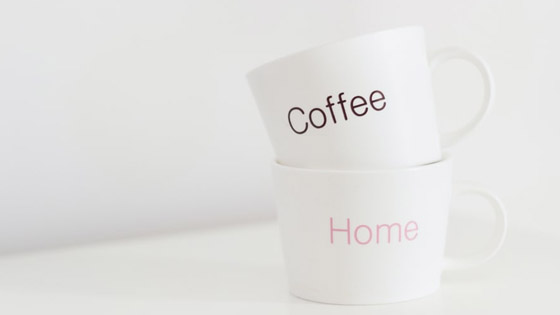In recent years, microwave ovens have become hugely popular as they bring great convenience to the daily cooking process.
However, if you put the wrong containers in a microwave, it could cause potential risks. If worse comes to worst, it could lead to an explosion.
And ceramic mugs and ceramic bowls are the most common containers. So, can you microwave ceramics? How to tell if your ceramic mugs are microwave-safe?
Let’s dive in to learn more…
Can You Microwave Ceramics?
Ceramic products, including ceramic mugs, ceramic bowls, ceramic cups, and ceramic plates, are fired at high temperatures. Therefore, to some degree, they are naturally resistant to heat.
Does it necessarily mean ceramic products are safe to use in the microwave? Can you microwave ceramic mugs, bowls, or plates?
Though ceramic tablewares are usually heat-resistant, wear-resistant, and corrosion-resistant, not all ceramic products can be used in a microwave.

Why Can or Can’t You Microwave Ceramics?
There are all sorts of ceramic products out there and not every one of them is safe to put in the microwave.
Ceramic products come with different types of patterns and edges of different materials. In many cases, it’s the decorations that make the ceramic tableware unsafe to put in the microwave.
Here’s what you need to know before you put a ceramic product in the microwave:
- Ceramic products with gold, silver edges, and patterns should also not be heated in the microwave oven, as metals are not meant to be used in microwaves.
Related Article: Can You Microwave Stainless Steel?
- Glazed ceramics are not safe to put in the microwave as well. Heating glazed ceramics in a microwave could damage the glazed surface and increase the possibility of leaching, and it could lead to sparkles and burn marks.
- Cracked ceramics should not be used in microwaves. If cracked ceramics are heated in the microwave, it would produce uneven heat and it might result in cracking and explosion.
- For your safety and the microwave’s, stick to ceramics with a “microwave safe” label if you need to put them in the microwave.
In general, the way to tell if a ceramic product is a microwavable check the ceramic product bottom for a “microwave safe” label.
As long as the ceramic bowl, plate can be used in the microwave oven. The ceramic products are kind of required to have the label on the product body.
If you’re able to find this label on a ceramic mug, cup bowl, plate, or dish, then it means that the ceramic product is heat resistant.
With that being said, unless you see the microwave-safe label, it’s best not to put the ceramic product under microwave cooking.
FAQs About Microwaving Ceramics
Why can’t you microwave Starbucks ceramic cups?
Most of the Starbucks ceramic cups and mugs are not recommended to be heated in the microwave.
When you check the bottom of Starbucks ceramic cups, you will see a label saying “DO NOT MICROWAVE”, which means Starbucks ceramic cups are not designed to cook within the microwave. Therefore, it could result in cracking or breaking into pieces.

To some degree, Starbucks ceramic cups can cope with heat and coolness. However, the heat happens in the microwave is too rapid and too extreme for these ceramic products.
Can you microwave handmade ceramic mugs?
Well, I’m afraid there isn’t a yes or no answer to this question.
Handmade ceramic mugs can be made with all sorts of materials, and the fired glaze finishing varies for each one of them, so we don’t know for certain if the handmade ceramic mugs are safe to use in the microwave.
I’d not recommend using handmade ceramic mugs in the microwave, though. Handmade ceramic mugs can have variations in thickness, and they will absorb different heat. Chances are it will cause them to shatter when microwaving.


Still don’t have an answer to my question. My ceramic microwaveable mug which I’ve used many times now has hairline cracks
around half the rim which are brown (coffee) and the coffee is lukewarm instead of hot. Never had this happen before. Is this safe to drink out of now?
Angela: any cracked or chipped ceramic item should not be used to consume beverages or food as the exposed ceramic could harbor germs which may make one ill.